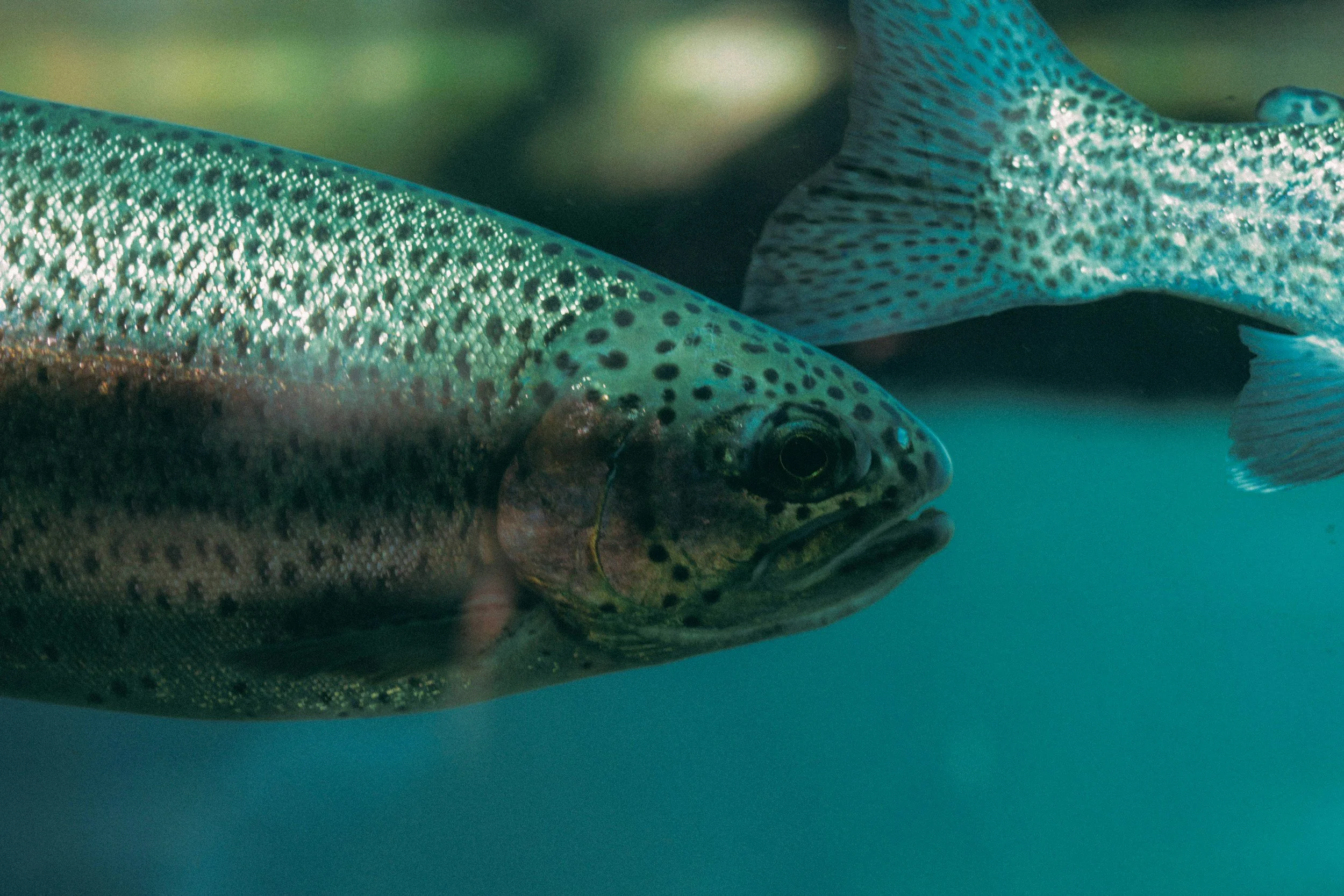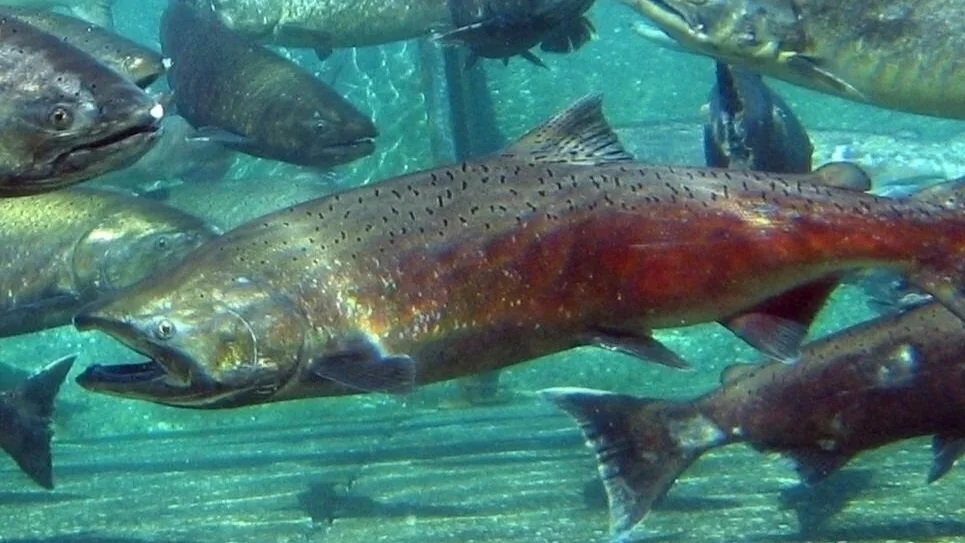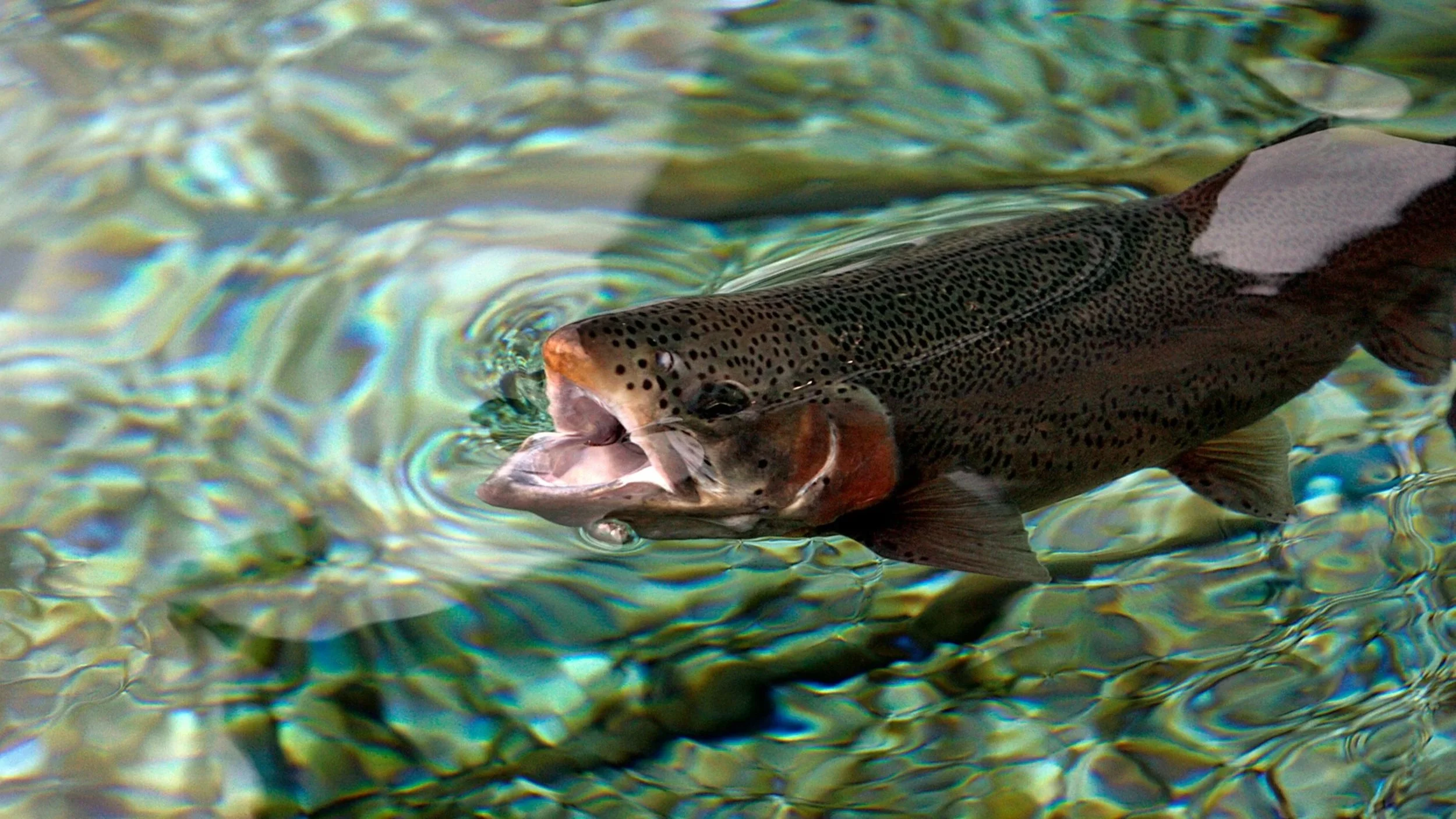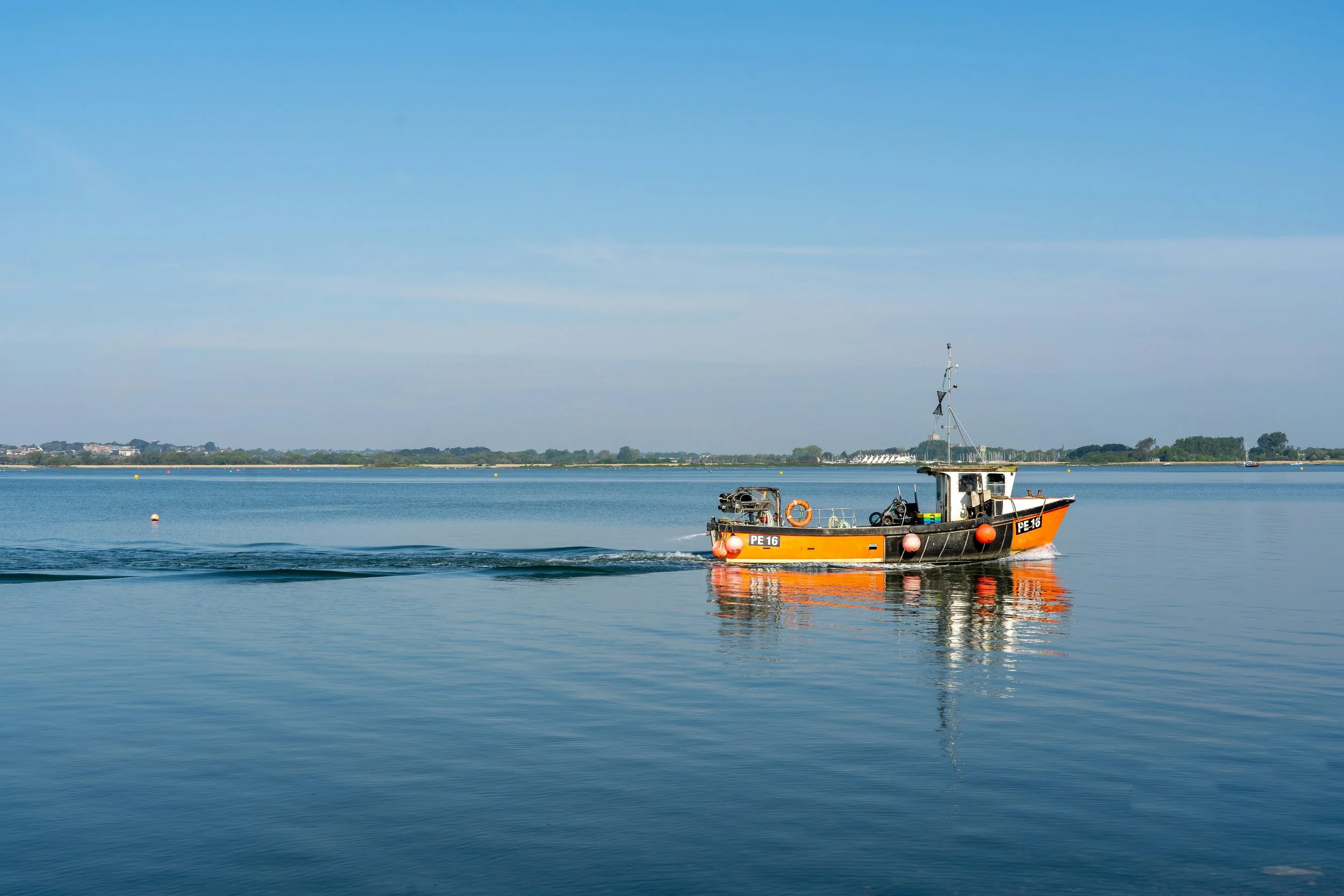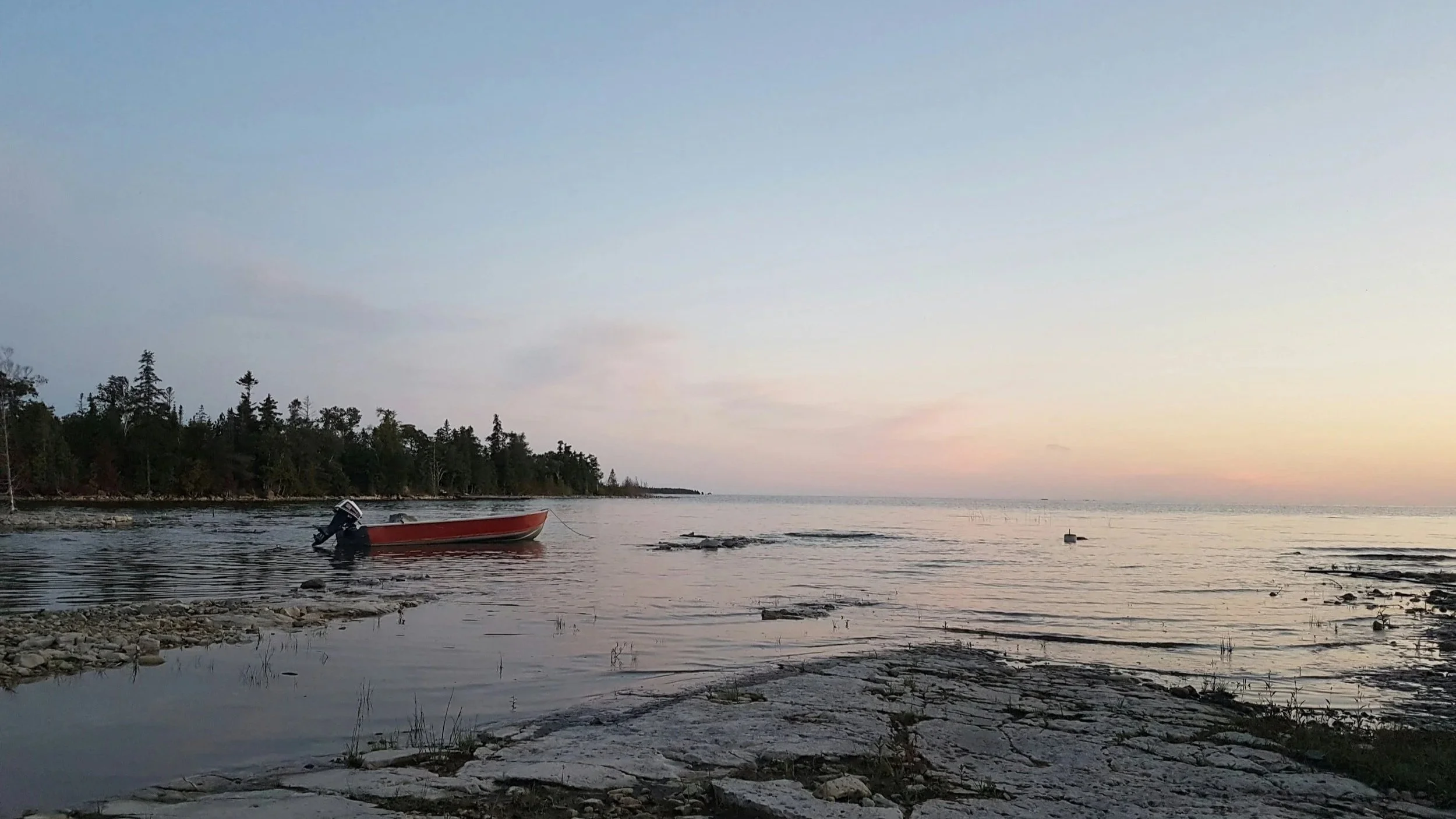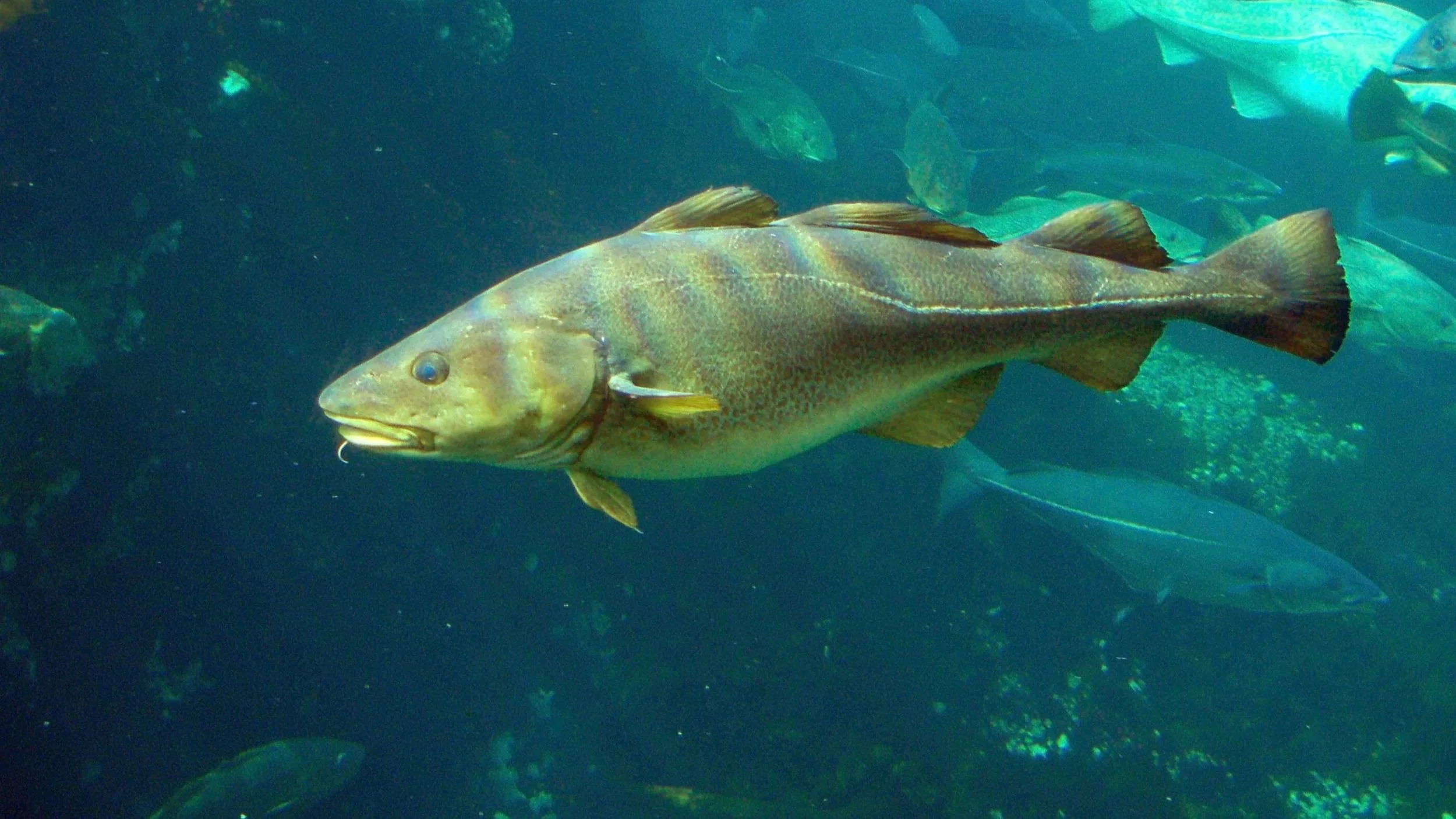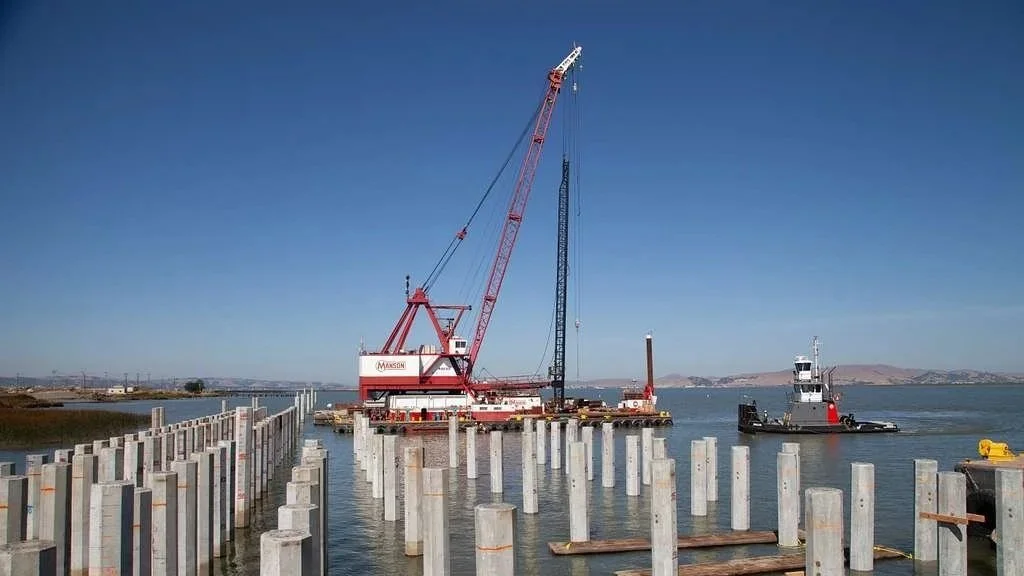Can Understanding Portfolio Effects INFORM Better Ecosystem Management?
Managing for resilience in the Great Lakes basin – developing an ecological restoration framework
Status: Completed (in review)
This project explores how resilient ecosystems in the Great Lakes maintain stability through natural “portfolio effects,” where different species respond uniquely to changing conditions, creating overall balance. By studying how these effects operate across habitats and species, we can better understand the impacts of human pressures and guide better management decisions. The project, led by Drs. Kayla Hale, Tim Fernandes, Joey Bernhardt and Kevin McCann, focuses on designing coordinated, landscape-scale restoration to strengthen these natural portfolios, stabilize food webs, and promote long-term ecosystem resilience. This is a collaboration that includes participants from inSileco Inc., the DFO and OMNR, United States Geological Survey (USGS), Ohio State University, GLFC, and Cornell University.



